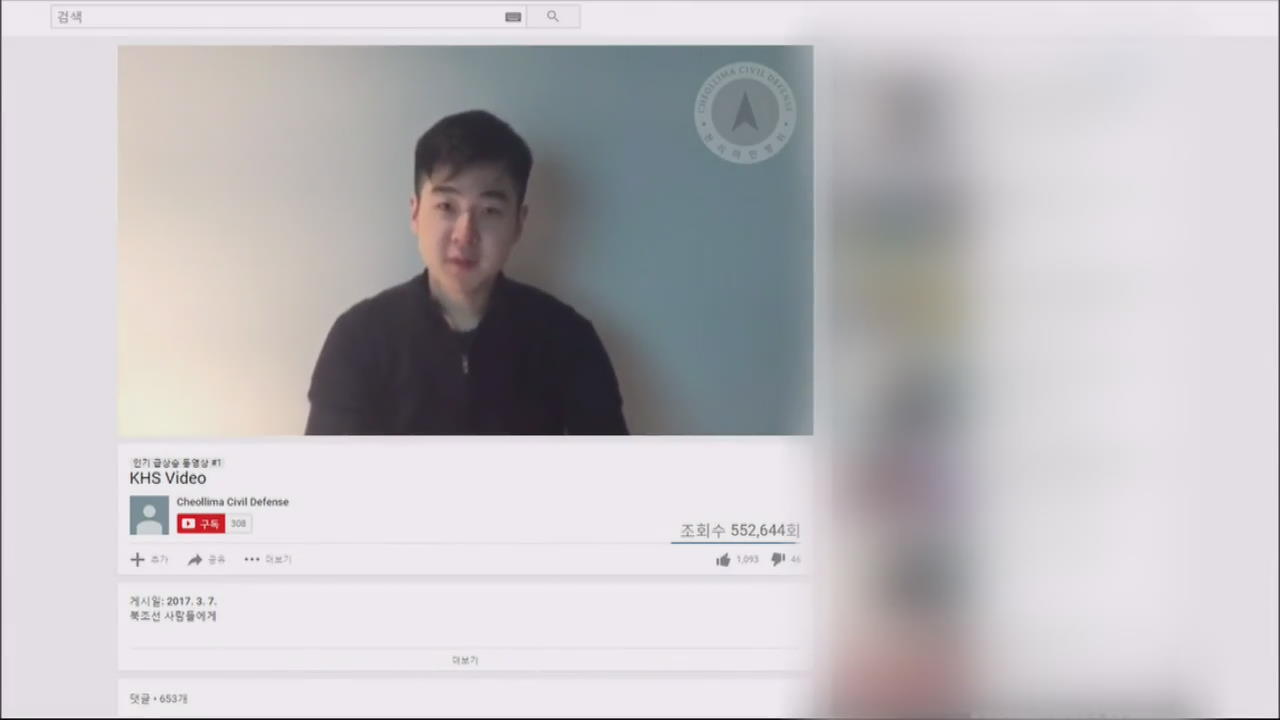Dust Concentration
입력 2019.03.27 (15:11)
수정 2019.03.27 (15:29)
읽어주기 기능은 크롬기반의
브라우저에서만 사용하실 수 있습니다.
[Anchor Lead]
Dust concentration in Korea has soared yet again. Air quality in subway stations is a major concern for commuters. Authorities have disclosed the average dust concentration level in some 400 subway stations nationwide. Let's take a look
[Pkg]
Yatap Station, Bundang Line in the southern part of Gyeonggi-do Province is one of the most crowded subway stations in the nation. Many passengers can be seen wearing masks.
[Soundbite] Hwang Kyung-hee(Gyeonggi-do Prov. Resident) : "I cough more because of dust. It's as bad as outdoors. It's even worse inside the station."
The Korea Railroad Corporation, the operator of Bundang Line, has found the average fine dust concentration in the station is 117.4 micrograms, higher than the environmental standard of 100 micrograms. KBS has acquired the findings of official dust concentration measurements conducted in all subway stations in the Seoul metropolitan area by subway operators. Of the 426 surveyed stations, 20 of them have levels that exceed the environmental standard. At more than 200 stations, or half of all stations surveyed, dust concentration levels reached 80 micrograms. Stations on subway line number one have been found to have the worst air quality. The survey also revealed that less than 10 percent of subway stations in the Seoul metropolitan area were equipped with air purifiers.
[Soundbite] Rep. Park Hong-keun(National Assembly Land Infrastructure and Transport Committee) : "Because of the poor results, air purifiers or other devices for controlling air quality must be installed. Such measures require additional budget."
Measures are needed to improve air quality so that passengers using public transit as a way to reduce air pollution do not become victims of fine dust.
Dust concentration in Korea has soared yet again. Air quality in subway stations is a major concern for commuters. Authorities have disclosed the average dust concentration level in some 400 subway stations nationwide. Let's take a look
[Pkg]
Yatap Station, Bundang Line in the southern part of Gyeonggi-do Province is one of the most crowded subway stations in the nation. Many passengers can be seen wearing masks.
[Soundbite] Hwang Kyung-hee(Gyeonggi-do Prov. Resident) : "I cough more because of dust. It's as bad as outdoors. It's even worse inside the station."
The Korea Railroad Corporation, the operator of Bundang Line, has found the average fine dust concentration in the station is 117.4 micrograms, higher than the environmental standard of 100 micrograms. KBS has acquired the findings of official dust concentration measurements conducted in all subway stations in the Seoul metropolitan area by subway operators. Of the 426 surveyed stations, 20 of them have levels that exceed the environmental standard. At more than 200 stations, or half of all stations surveyed, dust concentration levels reached 80 micrograms. Stations on subway line number one have been found to have the worst air quality. The survey also revealed that less than 10 percent of subway stations in the Seoul metropolitan area were equipped with air purifiers.
[Soundbite] Rep. Park Hong-keun(National Assembly Land Infrastructure and Transport Committee) : "Because of the poor results, air purifiers or other devices for controlling air quality must be installed. Such measures require additional budget."
Measures are needed to improve air quality so that passengers using public transit as a way to reduce air pollution do not become victims of fine dust.
■ 제보하기
▷ 카카오톡 : 'KBS제보' 검색, 채널 추가
▷ 전화 : 02-781-1234, 4444
▷ 이메일 : kbs1234@kbs.co.kr
▷ 유튜브, 네이버, 카카오에서도 KBS뉴스를 구독해주세요!
- Dust Concentration
-
- 입력 2019-03-27 15:19:02
- 수정2019-03-27 15:29:16

[Anchor Lead]
Dust concentration in Korea has soared yet again. Air quality in subway stations is a major concern for commuters. Authorities have disclosed the average dust concentration level in some 400 subway stations nationwide. Let's take a look
[Pkg]
Yatap Station, Bundang Line in the southern part of Gyeonggi-do Province is one of the most crowded subway stations in the nation. Many passengers can be seen wearing masks.
[Soundbite] Hwang Kyung-hee(Gyeonggi-do Prov. Resident) : "I cough more because of dust. It's as bad as outdoors. It's even worse inside the station."
The Korea Railroad Corporation, the operator of Bundang Line, has found the average fine dust concentration in the station is 117.4 micrograms, higher than the environmental standard of 100 micrograms. KBS has acquired the findings of official dust concentration measurements conducted in all subway stations in the Seoul metropolitan area by subway operators. Of the 426 surveyed stations, 20 of them have levels that exceed the environmental standard. At more than 200 stations, or half of all stations surveyed, dust concentration levels reached 80 micrograms. Stations on subway line number one have been found to have the worst air quality. The survey also revealed that less than 10 percent of subway stations in the Seoul metropolitan area were equipped with air purifiers.
[Soundbite] Rep. Park Hong-keun(National Assembly Land Infrastructure and Transport Committee) : "Because of the poor results, air purifiers or other devices for controlling air quality must be installed. Such measures require additional budget."
Measures are needed to improve air quality so that passengers using public transit as a way to reduce air pollution do not become victims of fine dust.
Dust concentration in Korea has soared yet again. Air quality in subway stations is a major concern for commuters. Authorities have disclosed the average dust concentration level in some 400 subway stations nationwide. Let's take a look
[Pkg]
Yatap Station, Bundang Line in the southern part of Gyeonggi-do Province is one of the most crowded subway stations in the nation. Many passengers can be seen wearing masks.
[Soundbite] Hwang Kyung-hee(Gyeonggi-do Prov. Resident) : "I cough more because of dust. It's as bad as outdoors. It's even worse inside the station."
The Korea Railroad Corporation, the operator of Bundang Line, has found the average fine dust concentration in the station is 117.4 micrograms, higher than the environmental standard of 100 micrograms. KBS has acquired the findings of official dust concentration measurements conducted in all subway stations in the Seoul metropolitan area by subway operators. Of the 426 surveyed stations, 20 of them have levels that exceed the environmental standard. At more than 200 stations, or half of all stations surveyed, dust concentration levels reached 80 micrograms. Stations on subway line number one have been found to have the worst air quality. The survey also revealed that less than 10 percent of subway stations in the Seoul metropolitan area were equipped with air purifiers.
[Soundbite] Rep. Park Hong-keun(National Assembly Land Infrastructure and Transport Committee) : "Because of the poor results, air purifiers or other devices for controlling air quality must be installed. Such measures require additional budget."
Measures are needed to improve air quality so that passengers using public transit as a way to reduce air pollution do not become victims of fine dust.
이 기사가 좋으셨다면
-
좋아요
0
-
응원해요
0
-
후속 원해요
0












![[속보] 심우정 검찰총장 사의 표명…오후 3시 입장 <br>발표](/data/layer/904/2025/07/20250701_1Gcu1S.jpg)
![[속보] 내란 특검, 윤 전 대통령에게 “5일 오전 9시까지 출석” 통지](/data/layer/904/2025/07/20250701_6mdRFo.jpg)

![[영상] 정성호 “검찰 해체 표현 적절치 않아…수사·기소 분리 국민 공감대”](/data/fckeditor/vod/2025/07/01/305901751367182615.png)

이 기사에 대한 의견을 남겨주세요.